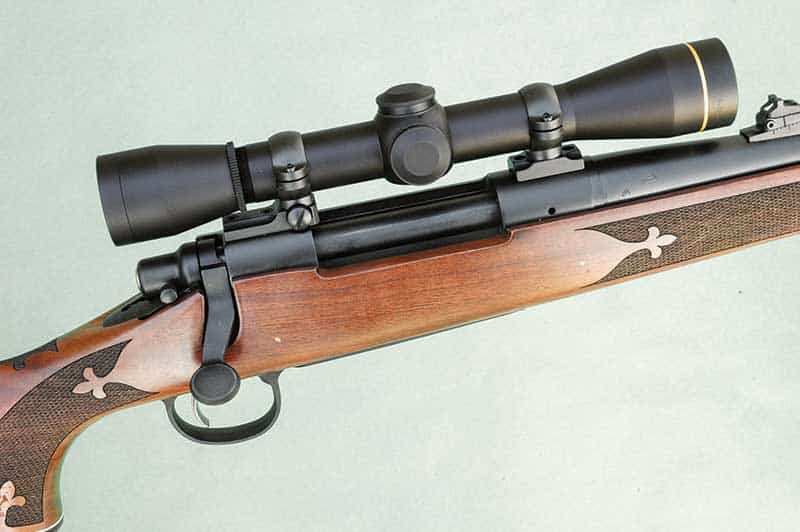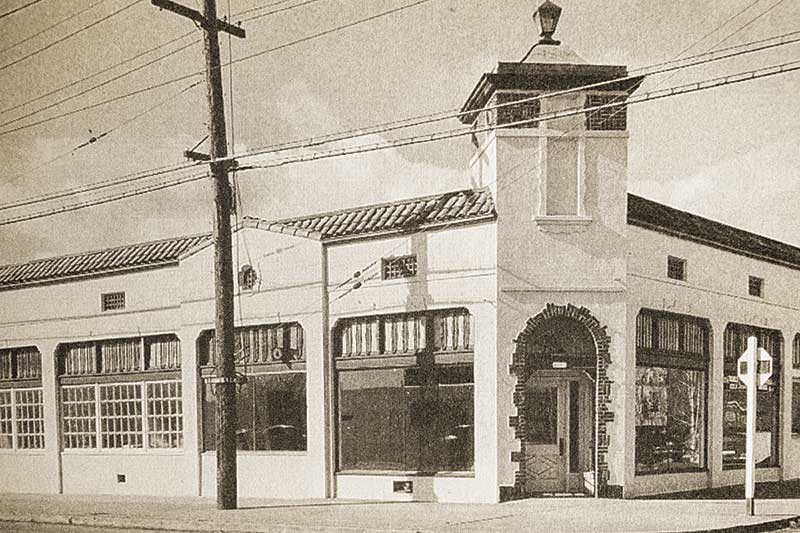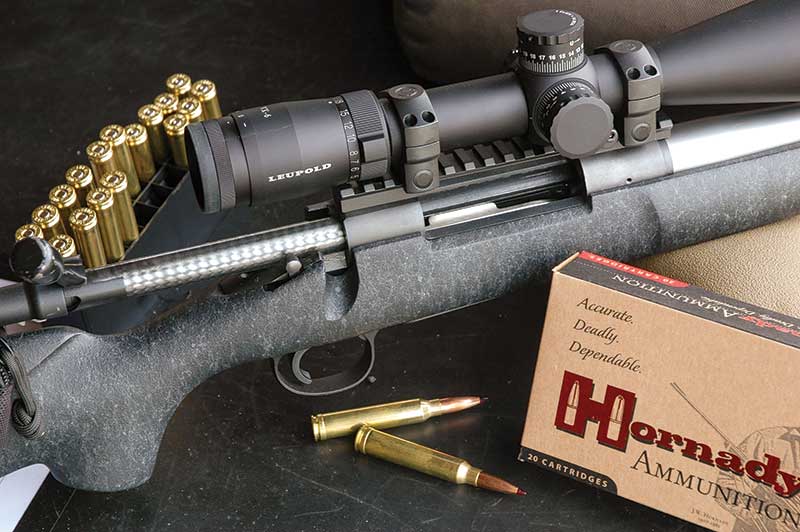The Start
German immigrant Leupold had first worked for C.L. Berger & Sons, a Boston firm building surveying instruments. Keen to establish his own business, he moved west. In 1907, with help from his brother-in-law Adam Volpel, he opened a one-man shop in Portland to repair drafting and surveying equipment. The enterprise soon outgrew its fourth-floor room in the old Phoenix building on the corner of Oak and Fifth.
In 1911 the young fellow installed a new German dividing machine yielding precise graduated circles on survey instruments. Alas, street vibrations compromised its accuracy and about this time a fire in the building caused widespread smoke damage. Leupold moved his shop to a residence near his home at Northeast 70th Avenue. There he worked long hours but also studied Spanish, learned to play the flute and cultivated a flower garden.








